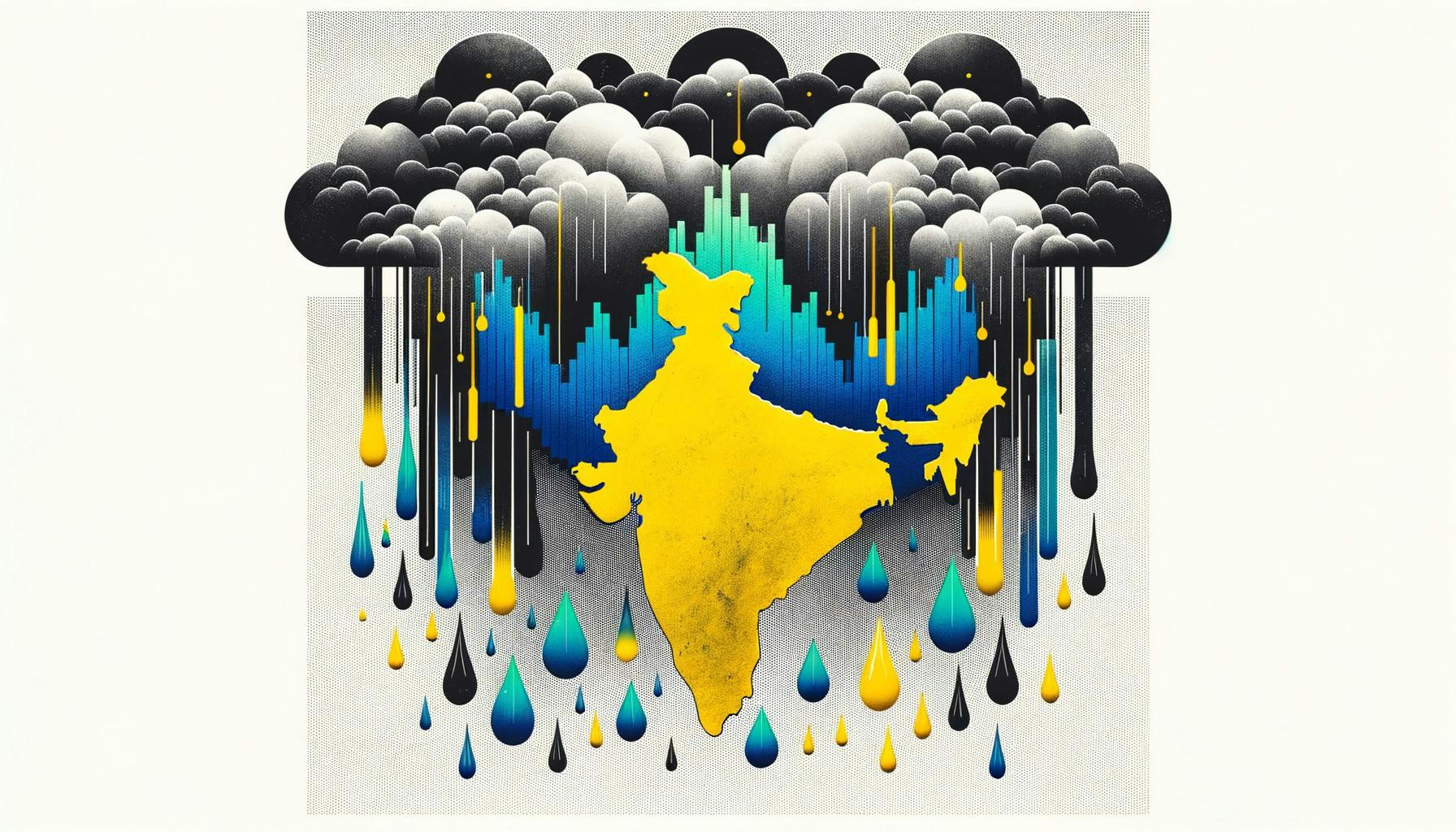
Find out what happened in the markets today - and why you should care - with the free Daily Brief newsletter.
As tariffs from the US target Canada, Mexico, and China, India's already stressed markets brace for further challenges amid foreign sell-offs and declining indexes.
What does this mean?
India's financial markets might start the day on a flat or negative trend, pressured by the US President's tariffs move. Immediate 25% tariffs hit Canadian and Mexican goods, while tariffs on Chinese goods could total 20% by April 2, heightening market uncertainty. India's major indices, Nifty and BSE Sensex, showcase this turmoil, both down about 16% from recent highs. A significant foreign investor pullout, totaling more than $26 billion since last October, highlights the market's anxiety. Meanwhile, the MSCI Asia ex-Japan index reflects global trade concerns, declining roughly 1%.
Continuous foreign selling and a shortage of growth drivers suggest Indian markets will remain jittery due to rising trade tensions. As the situation evolves, globally-sensitive sectors like small and midcaps might stay volatile, having already dropped over 20% from their highs.
The bigger picture: Global economic shifts in the spotlight.
Tariff hikes signal potential shifts in global trade strategies, impacting decisions worldwide. As India's oil sector responds to macroeconomic changes -- like OPEC's stance on production -- energy developments could define market stability. Despite these hurdles, companies such as Indian Energy Exchange show resilience, with a 9% increase in February trade volumes, indicating areas of potential stability.